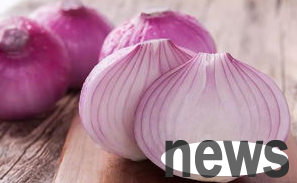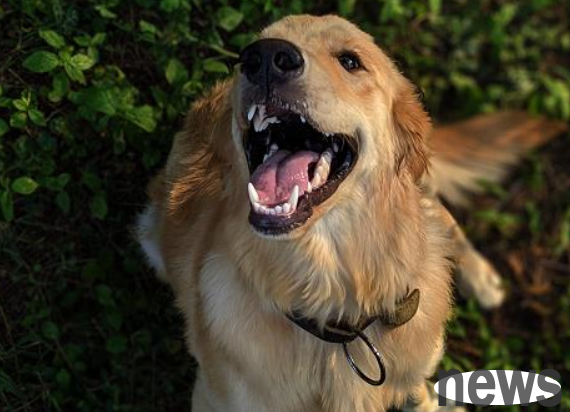Which foods are poisonous when dogs eat? Food that dogs cannot eat
Do you know whose food will poison your dog? Have you accidentally slipped toxic food off the plate to give your dog a special treat? As a caring dog owner, it is important to you to know which foods can hurt your dog. This way, you can only provide healthy food and keep toxic food safely within your reach. The kitchen can be a virtual playground for dogs’ noses and taste buds. Most dogs love food and are particularly eager for "human food". Dog experts have discouraged feeding dogs with leftovers for years due to potential toxicity, disease, obesity and general poor health.
While a healthy and balanced diet can be prepared for dogs using human food, the right food must be fed. Know what foods to avoid so you can prevent poisoning and keep your dog healthy.
1. Grapes and raisins
1. Grapes and raisins can cause irreversible damage to the kidneys and may lead to death. 2. Taking only four to five grapes or raisins may be toxic to dogs weighing 20 pounds, but the exact toxic dose has not been determined. Sensitivity depends on the specific dog. 3. Signs of poisoning include vomiting, loss of appetite, diarrhea, abdominal pain, decreased urine output (which may lead to decreased urine output), weakness and drunken gait. 4. Symptoms usually occur within 24 hours. 5. The veterinarian may start by inducing vomiting, or may pump the stomach (gastric lavage). Treatment includes active supportive care—especially liquid therapy and medication.
2. Onions
1. Onions can cause a hemolytic anemia called Heinzian anemia, which can cause damage to red blood cells and kidneys. 2. Similar foods such as garlic and chives may be toxic. 3. It is not clear how many onions are poisonous, but their effects can accumulate. Poisoning may be caused by raw, cooked and dehydrated forms. Avoid feeding table scraps and any food cooked with onions. 4. Signs of anaemia include pale gums, increased heart rate, weakness and lethargy. Other symptoms may occur, such as vomiting, diarrhea and hematuria. 5. Treatment may include blood transfusion and/or oxygen transfusion followed by specific fluid therapy.

III. Chocolate
1. Chocolate and cocoa contain a chemical called cocoa alkali, which can adversely affect the heart, lung, kidney and central nervous system. Caffeine in chocolate can also have toxic effects. 2. Pure baked chocolate is the most toxic, while milk chocolate requires a higher amount to cause damage. A 20 pound dog may be poisoned after eating about 2 ounces of baked chocolate, but it requires nearly 20 ounces of milk chocolate to cause damage. Intake of cocoa bean coverings can also be toxic. 3. Signs include excitement or hyperactivity, tremor, seizures, vomiting, diarrhea, abnormal heart rate/rhythmia, drunken gait, hyperthermia and coma. 4. Due to fat content and acidity, non-toxic doses of chocolate may still cause some gastrointestinal discomfort. 5. If your dog consumes a toxic dose, the veterinarian may induce vomiting or stomach pumping (gastric lavage). Treatment usually involves the administration of activated carbon and active supportive care as well as liquid therapy and medication.




